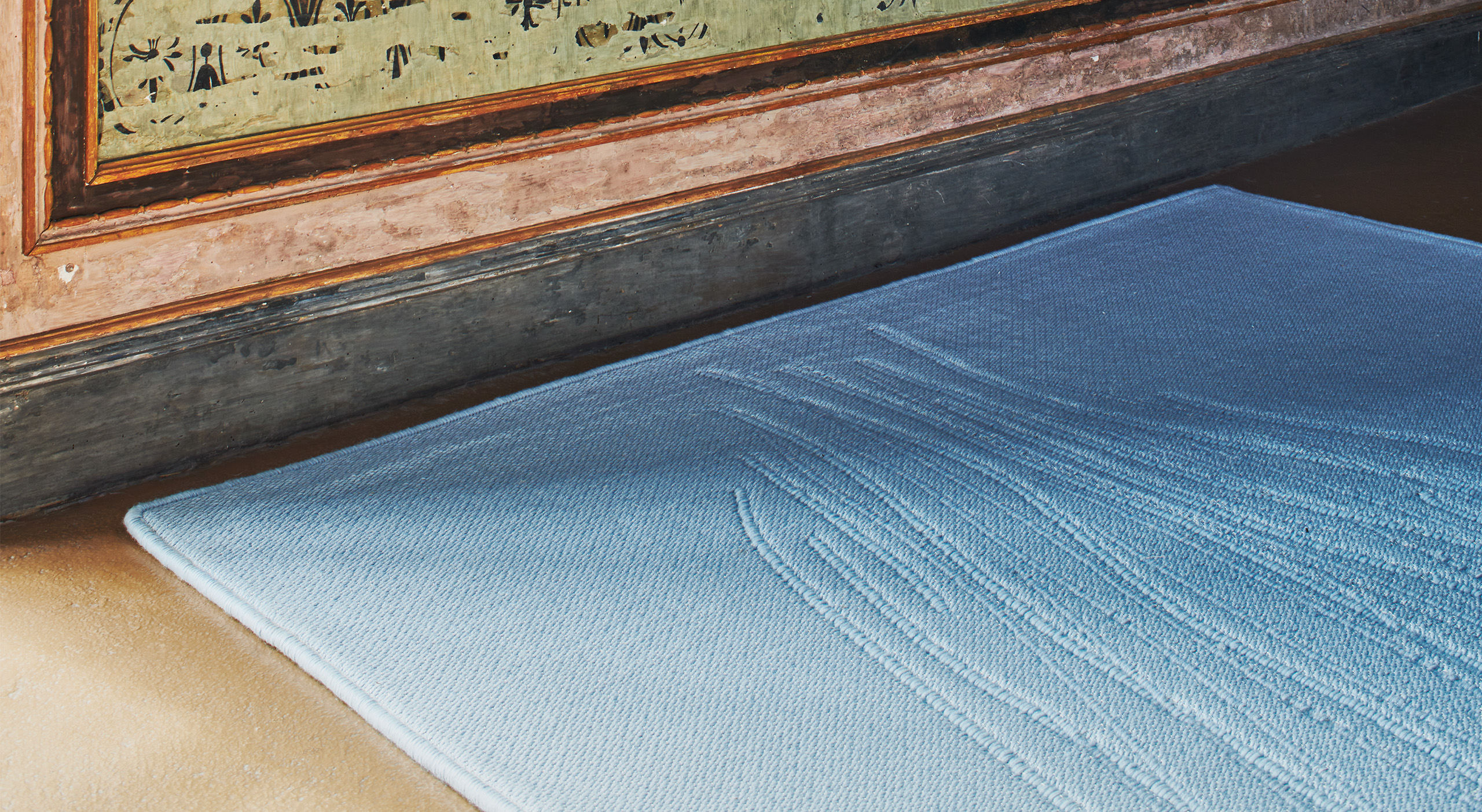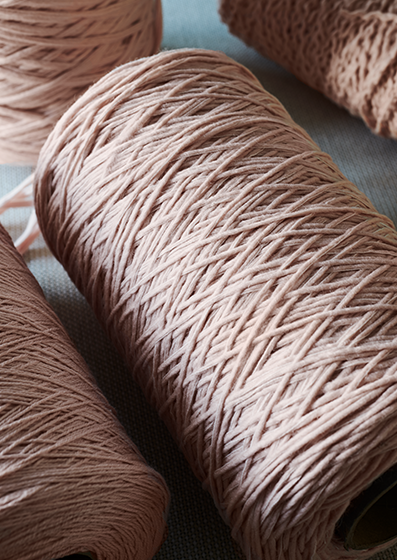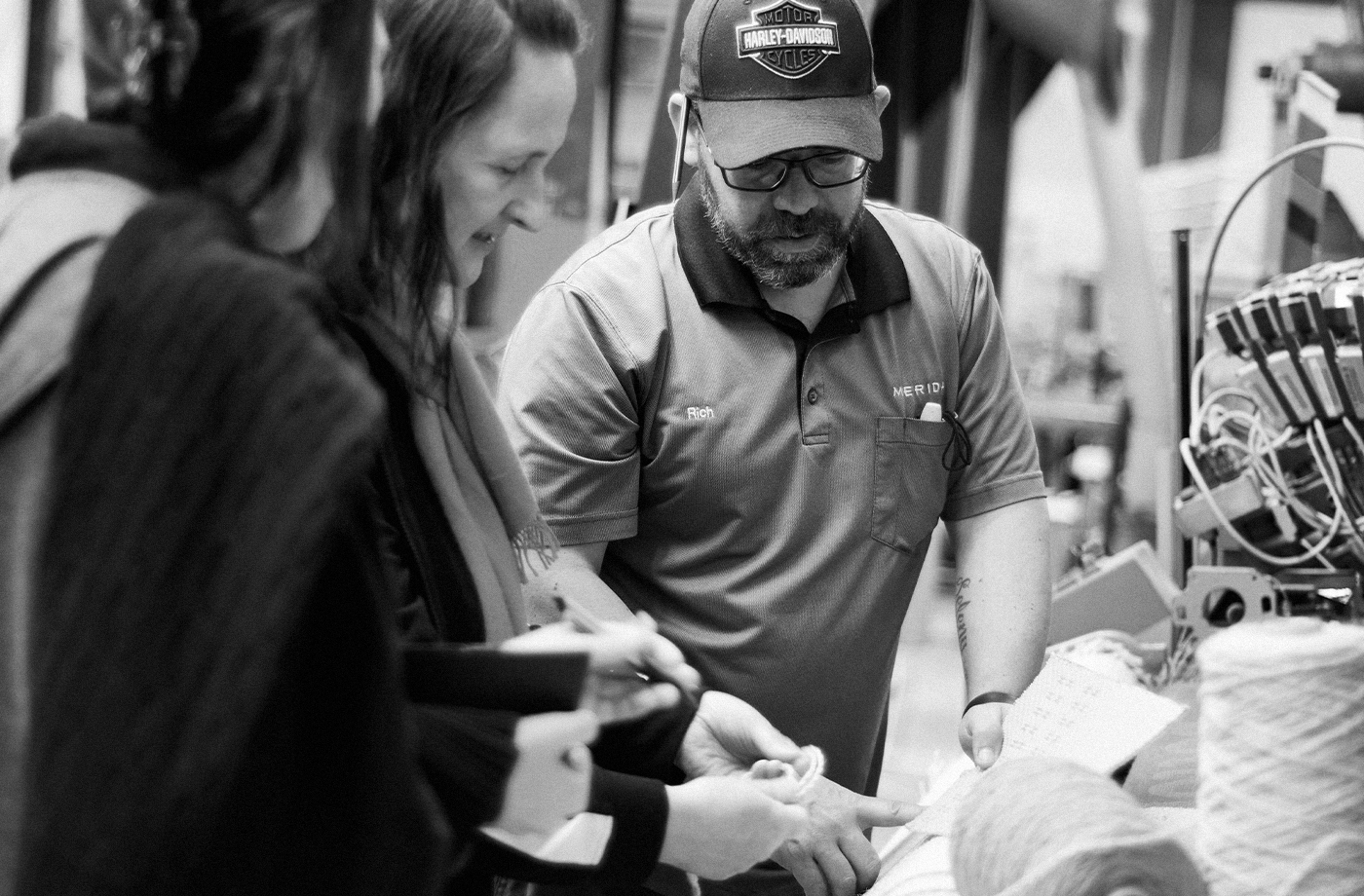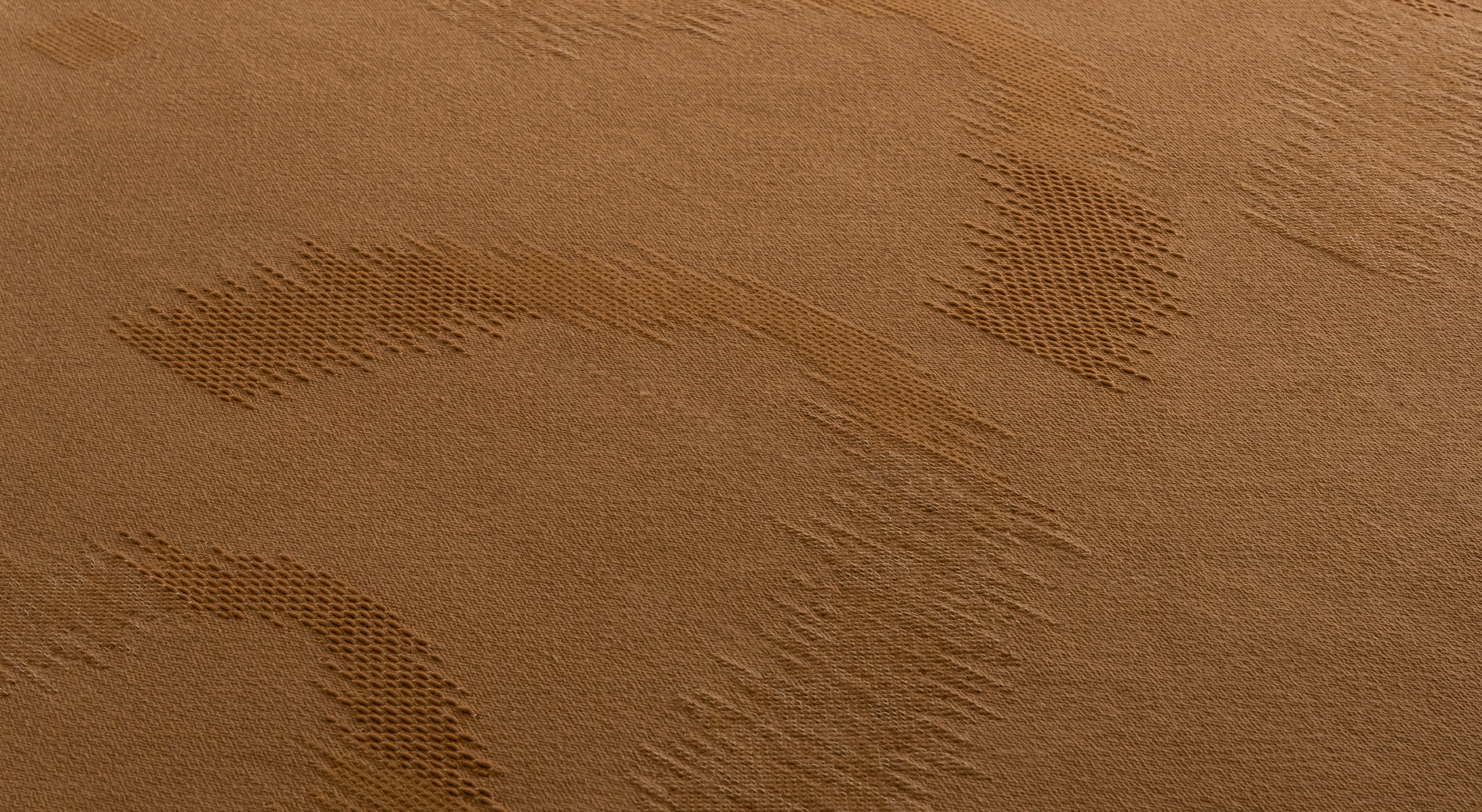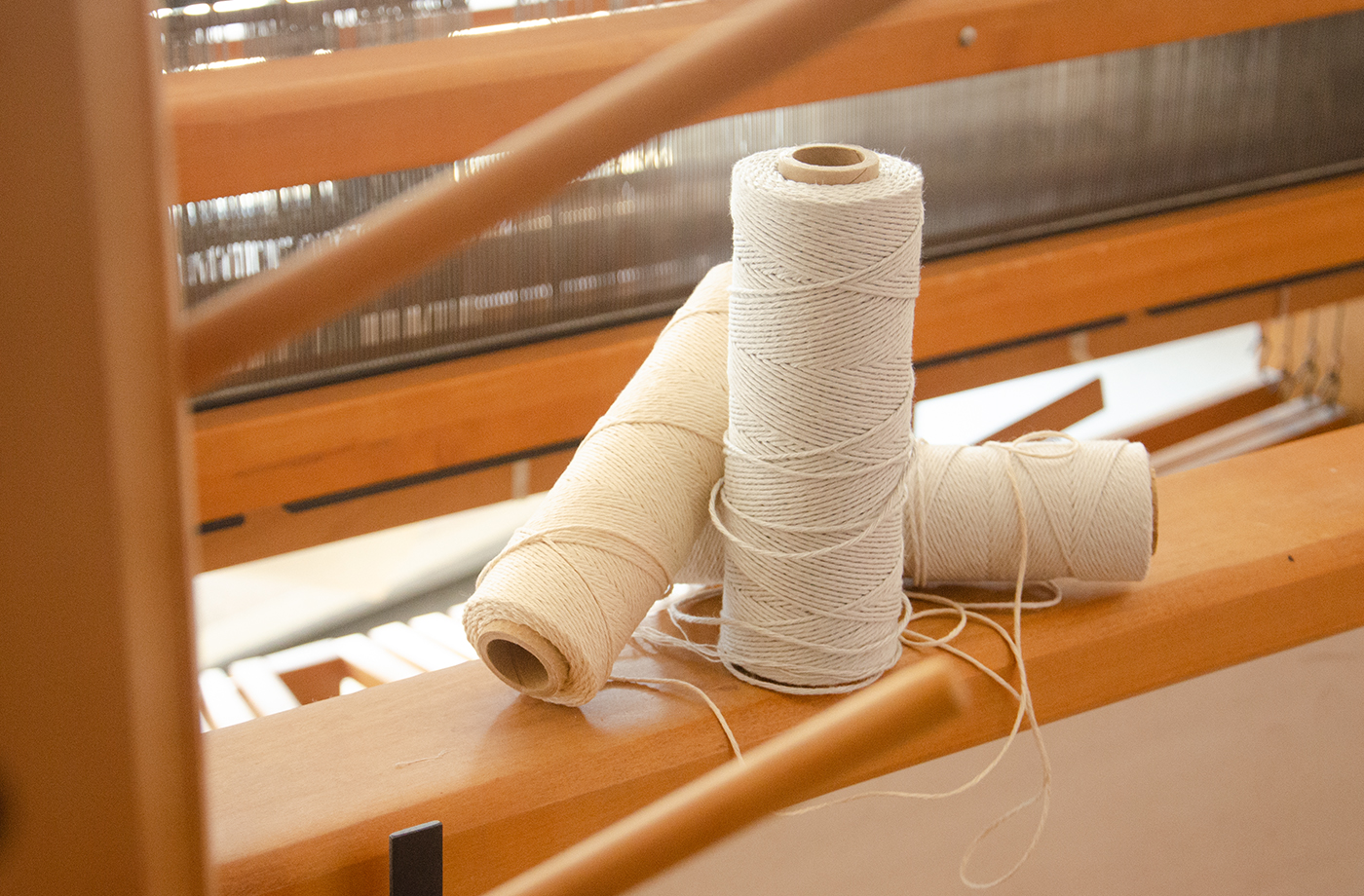Textiles as Living Art
How an Italian art movement from the sixties sparked a groundbreaking textile collection.
Arte Povera, translated as “poor art”, describes the work of a group of radical Italian artists working in the late 1960s. Based predominantly in Turin and Rome, they rejected the principals of figurative art and classicism, creating works from everyday materials including jute, wood, coal, and even fire.
The term was coined by Italian art critic Germano Celant, who organized the first Arte Povera exhibition in 1967. His groundbreaking show sparked a movement, defined by a collective of artists whose radical use of materials, though “poor”, translated to conceptually rich works that sought to provoke change. These works range from the deceptively simple to the daringly unconventional—including an installation that incorporated live horses.
Following the mantra “Art is Life,” the Arte Povera artists eradicated the barriers between nature and art, craftsman and artist. The result was a new visual language, more poetry than prose, that reframed art as a living, tangible experience that is ever-changing and alive to the senses. Arte Povera artists believed that art should be less about the object itself than the process of creation and the ideas behind it.
This philosophy, and the artists who espoused it, is the inspiration behind Merida’s newest rug collection. Atelier 2022 is an homage to Arte Povera, a collection of one-of-a-kind rugs that are inspired by art, woven by artisans, and made to be touched.
In the coming weeks we will be sharing stories about Arte Povera and the artists who inspired this groundbreaking collection.
Explore Atelier 2022 and connect with us for quotes and samples.
